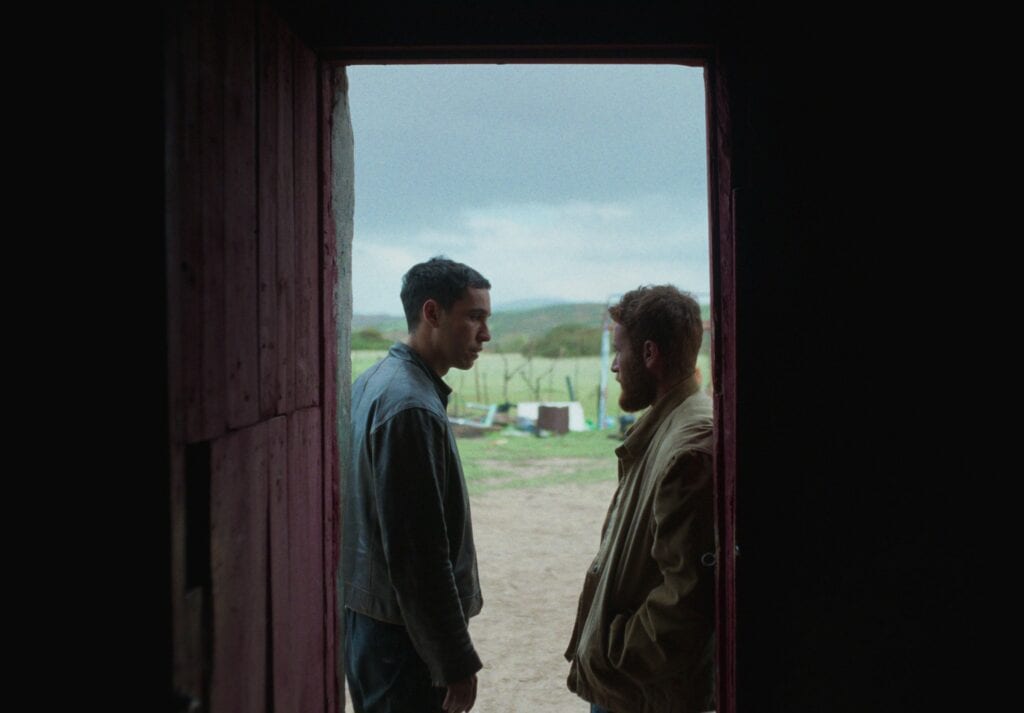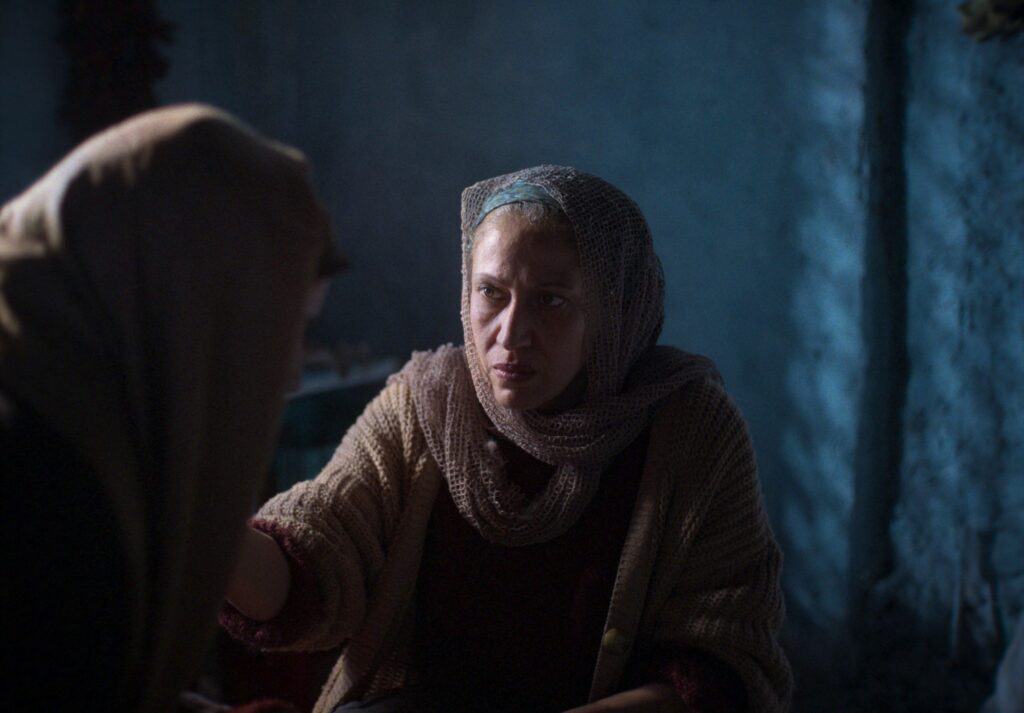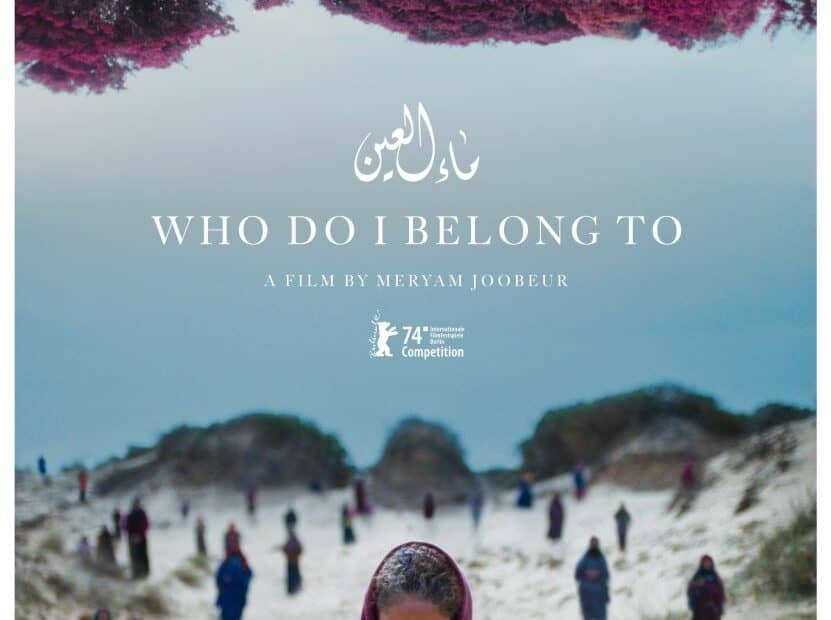Who Do I Belong To? (Mé el Aïn), by Meryam Joobeur is one of the two first features in this year’s Berlinale competition. The other one is Gloria! by Margherita Vicario. Aïcha and Brahim live on a farm in northern Tunisia with their three sons. When we enter the story, the two oldest, Mehdi and Amine, have gone off to war; more specifically, they joined ISIS. Brahim snaps that they went to learn how to rape and kill. The younger brother, Adam, says, “So they are terrorists. Is it OK if I love them anyway?” The answer is affirmative. Thus, early on, the tone is set in a way. This will not be an us vs them tale.
Then, the fear sneaks up on you that this will be one of all too many works that will brush over what terrorists do. It won’t take long before those fears are brushed away. Joobeur is no Ken Loach or not even a Costa Gavras. The director rose to prominence with her short Brotherhood, and Who Do I Belong To? is, in many ways, an expansion of that film. Joobeur discovered the Mechergui brothers during a road trip with her cinematographer, Vincent Gonneville. During that trip, the idea to make a film about the impact of extremism was born. The feature is more female-focused, and Aicha is haunted (or blessed?) by visions that might be premonitory.

After a few months, Medhi suddenly returns home with a pregnant wife named Reem (Dea Liane), whose niqab and silence deeply unsettle Brahim. Aicha tries to be more accommodating, while Medhi’s presence triggers strange events in the village. Adam is delighted to have at least one of his brothers back, but Amine is said to be dead. The way the storyline unfolds juggles several themes, and some devices might deride from a different kind of cinema. That serves as a reminder that it’s not necessarily important which tools are used but how they fit into the big picture. One facet of the film could be tied to Muriel ou le temps d’un retour by Alain Resnais
The Style of Who Do I Belong To?
The film is literally divided into chapters. Generally, there is a literary flavour to Who Do I Belong To?, but it’s only one characteristic of the movie. Gonneville’s lensing is centred around closeups with the background out of focus. That is still not the only mode employed, but whatever framing the images have, the textures are constantly a beauty to behold. After being subjected to far too many academic films like Des Teufel’s Bad and Arcadia and others during the Berlinale, Joobur’s work is a refreshing contrast. The cinematography is captivating; even the magnificent landscape shots never become touristy. The manner of narration might provoke some annoyed comments, but that works as well due to the supple writing.

The actors are a mix of professionals and amateurs, but it works quite well due to an extended process where they get to know each other and bond, at least for a Western audience. After the screening, I talked to people who expressed concern about some of the accents, not least when it comes to the Syrian side. That’s beyond my scope of judgment. As it stands, Who Do I Belong To? is one of the strongest competition films this year. The aspect ratio (1.434;1) was inspired by vintage photographs. It’s interesting to note the texture of the images, which, even though the film was shot digitally for logistical purposes, still manages to conjure a feel of 35 mm.
Considering the film’s inherent qualities and Berlinale’s propensity to reward political topics, I would be surprised if the film left the festival without any awards.
Who Do I Belong to?

Director: Meryam Joobeur
Date Created: 2024-02-22 02:35
3.5
Pros
- Scenario
- Cinematography
